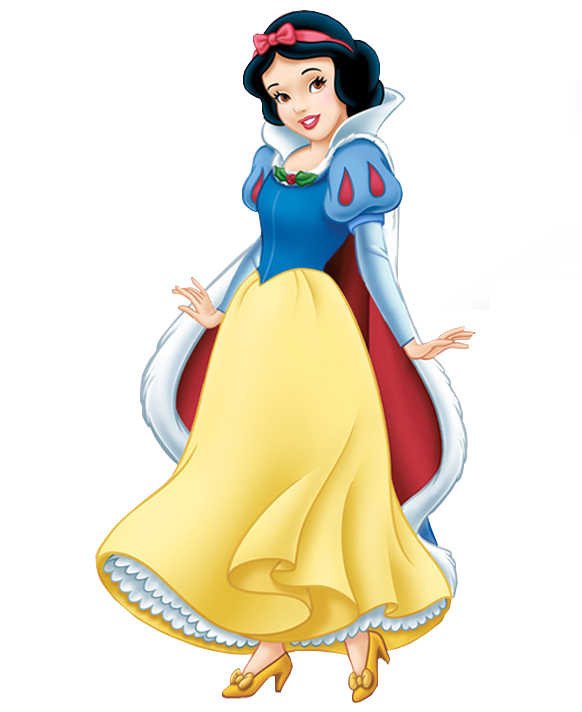An IB Film textual analysis essay is multilayered (like an onion). Here is a graphic, which tries to explain those layers: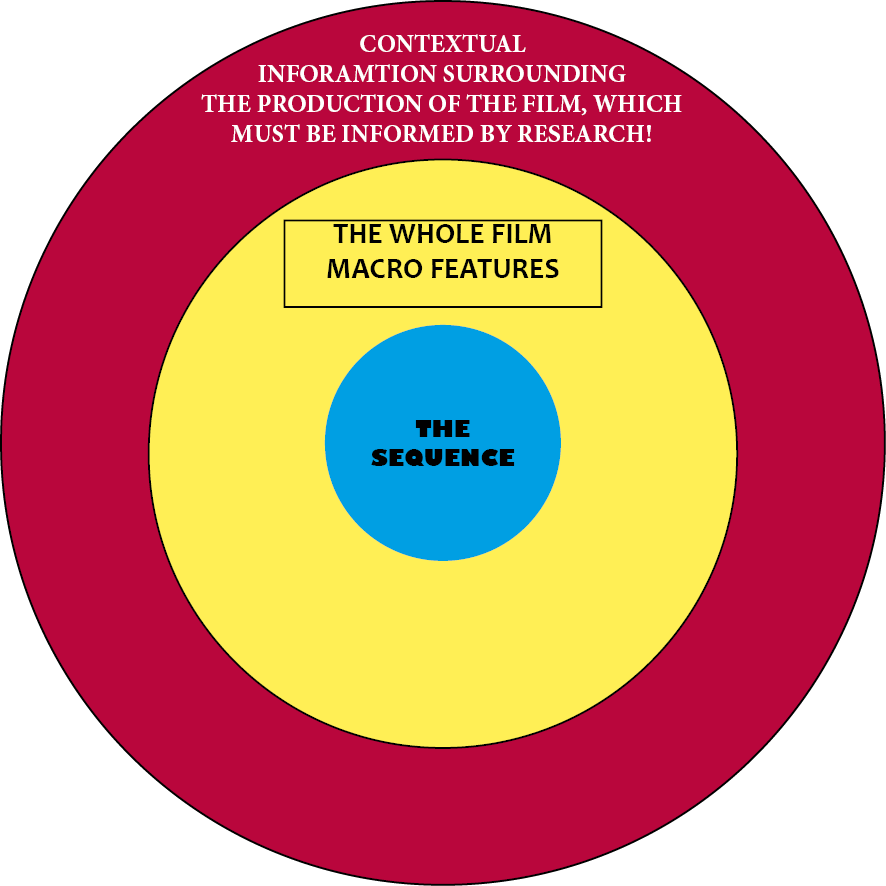
1) The outer layer is the context layer. This film was made as a comment on the Spanish civil war, the people who rose to power (the Fascists) and the resistance of some, to their cruel ideology. Del Toro is also using cultural references to…
- Other films
- Works of Art
- Historical events
- Myths and legends
- Fairy Stories
…to add layers of significance to Pan’s Labyrinth.
How are those references evident in the scene and what meaning is attached to those contextual references that deepens our understanding of the film?
2) The middle layer is on the macro features of the film. During the last few weeks we have covered a lot of macro ground: genre, representation & narrative.
3) The inner most layer must have as it’s focus the micro features of the sequence. So far we have only covered mise-en-scene in any detail and in this essay that should be your focus.
You should try and link the micro to context and macro.
For example:
- How do the characters, setting & iconography fit (or not) into the fantasy fairy tale genre?
- How is this scene significant in the representation of Ophelia & to what degree does her characters redefine the ideology surrounding fairy-tale princesses?
- This scene is important in the parallel narrative structure and reflects on Vidal and the conflict (theme) at the heart of the narrative, how?
The Essay & Sequence
‘A textual analysis of The Pale Man Sequence. How does mise-en-scene in Ophelia’s second task create meaning for the audience and reinforce the themes & messages that Guillermo Del Toro is trying to communicate in Pan’s Labyrinth?’
The essay is set and should be submitted through Google Classroom.
This is the sequence that is the focus of your analyse.
Please use this document to help you make notes on the key elements of mise-en-scene.
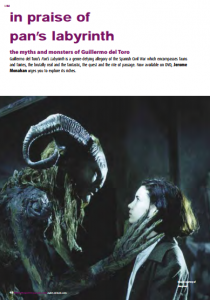


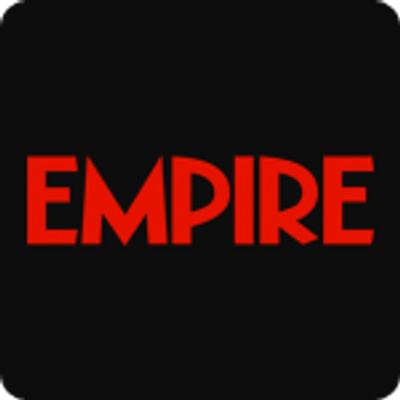
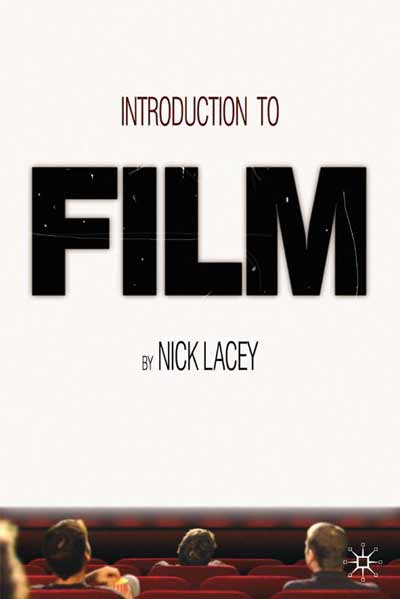 This means agreeing on a Repertoire of Elements, which are similar across the corpus and indeed necessary for a film to be given a genre label. In this case ‘A Fantasy Film’.
This means agreeing on a Repertoire of Elements, which are similar across the corpus and indeed necessary for a film to be given a genre label. In this case ‘A Fantasy Film’.